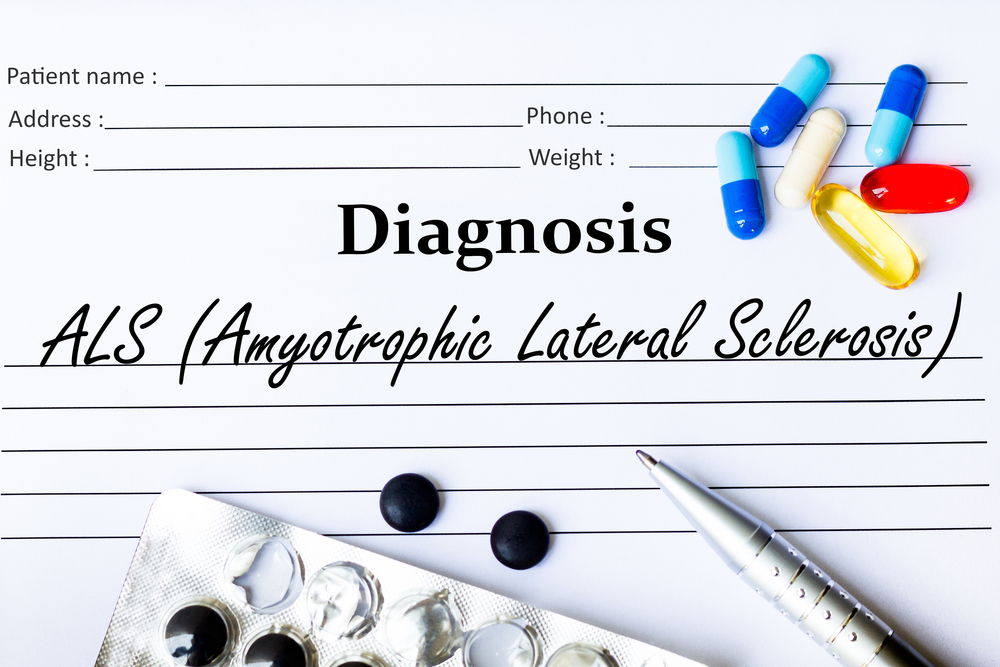DIAGNOSIS
Arriving at ALS diagnosis is very tricky since you have to narrow down your differentials to arrive at the specific working impression. ALS mimics other disease conditions such as cerebrovascular accidents (stroke), Parkinson’s disease (shuffling gait), and behavioral changes (an early symptom of dementia).
Nerve conduction studies may be requested by your physician to evaluate a specific muscle group’s response to the inflicted stimulus.
A complete blood count may be requested to rule out infectious causes of muscle weakness.
TREATMENT
The management of ALS involves a multi-system approach from the use of medications to physical rehabilitation employment. Treatment options are as follows:
- Use of the drugs Riluzole and Edaravone, orally, and intravenous administration respectively, can minimize ALS progression. No single therapy can reverse the effect of ALs on the muscles. Corroborative treatment can slow down the disease course.
- Occupational and Physical therapy- enables the patient to carry out activities necessary for daily living.
- Exercises or activities that increase lung capacity prevent the accumulation of phlegm in the lung parenchyma, which will become the source of recurrent infection.


